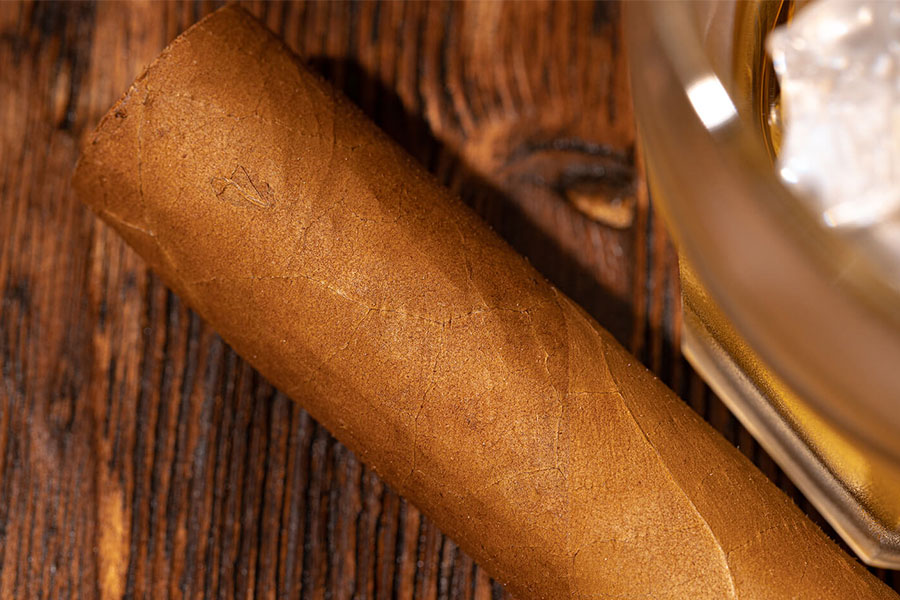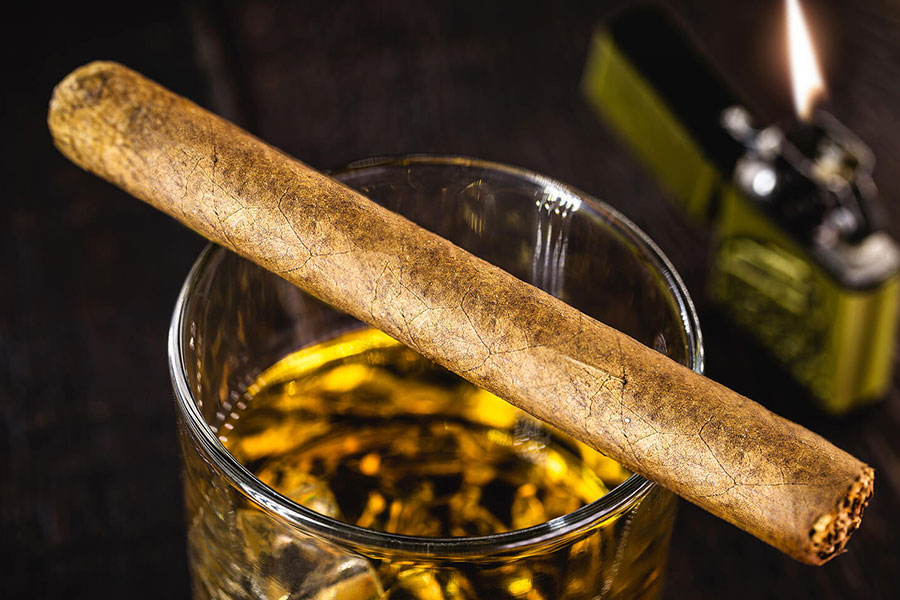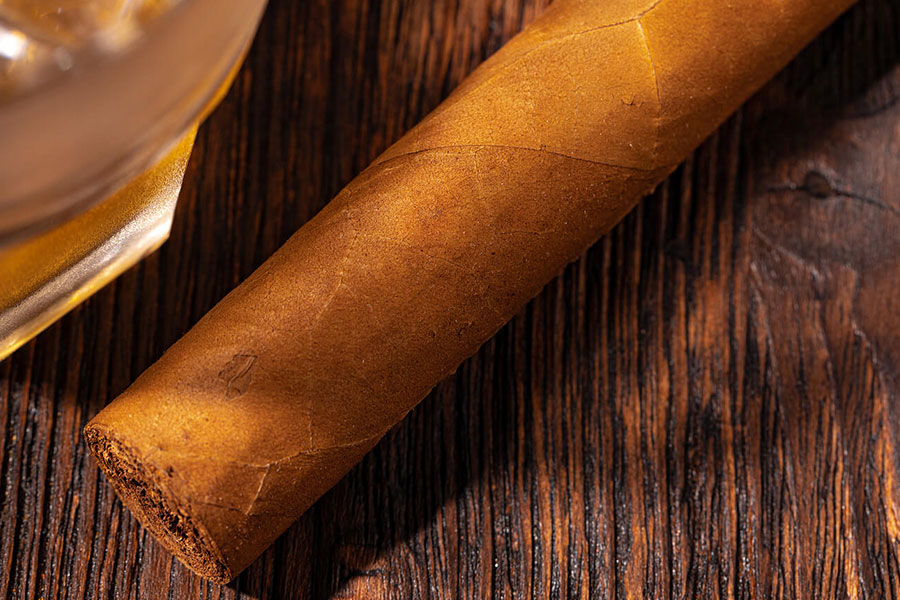Does the Shine on Your Cigar Wrapper Make it a Better Cigar?
Many consumers believe that the more oil and shine gave off by the wrapper of a cigar, the better the cigar will be. This belief may be especially prevalent to the newer smokers out there. But is it necessarily the case that a wrapper leaf with more shine and oils yields the best cigar?
Today I will seek to answer that question, but first, let us briefly go over the basics of wrappers before we talk about their shine.

An Introduction to Cigar Wrappers
The wrapper leaf is the outermost part of a cigar, which also makes it the most visible. They come in a wide range of seed varieties, colors & shades, and countries of origin and the wrapper also has a major impact on the overall flavor of a handmade premium cigar.
Cigar wrappers come in a variety of colors and shades, which are directly related to how long a wrapper leaf has been fermented and aged. The longer a leaf ferments, the darker it will become.
These colors can range from a pale brownish-green, a golden-brown tan, to rich medium-brown, all the way to a deep dark-brown hue. The aging and fermentation will also come into play when we get to the shine.
Types of Wrappers
Just as there are different colors to be found on a cigar wrapper, there are also different varieties of leaf from several growing regions and seeds. Although there are over 50 top-shelf wrapper varieties, the big three are Corojo, Habano, and Connecticut wrappers.
Corojo and Habano seeds originally hail from Cuba, but since the US embargo, their seeds have been smuggled out and grown elsewhere. Nowadays, Corojo is typically grown in Honduras, and Habano has found a new home in Nicaragua.
Corojo leaf is often robust, peppery, and has touches of earth that have a ton of good flavor, and Habano leaf will provide a bold, spicy smoke that is a favorite among seasoned palates.

Connecticut-seed wrappers are often grown in the northeast US, but some varieties are also grown in Ecuador and elsewhere. Depending on whether their sunlight is intentionally restricted, the properties of Connecticut-seed tobacco can change drastically.
Shade-grown wrappers are commonly on the mellow side with creamy, woody flavors. Connecticut Broadleaf is a regular choice to be aged and fermented into top-shelf wrappers of the Maduro varietal, which have a much sweeter flavor than other wrappers, earning them the affectionate nickname of “dessert cigars”.
There are a few other wrapper varieties like Criollo, Sumatra, Candela, and Cameroon, that all have their own distinct flavors and textures. Learn more about them all by clicking here.
What does the shine on a cigar mean?
Now that we have gone over the basics of wrappers, we can discuss the relationship between a wrapper’s shine and the cigar’s level of quality.
Simply put, a wrapper’s shine shows the level of oils that are in the leaf; the more oils in the wrapper, the more shine it is going to have. The number of oils in a leaf is directly related to the fermentation process of the tobacco leaves, which turns them from a green color to brown, as well as how the cigars are stored and transported.
Tobaccos that have been fermented at too low a temperature or short of time will be extremely oily and greasy with an incredibly lustrous shine, while tobaccos that are left too long or at too high a temperature will have a very matte finish that lacks luster. Cigars that are also stored in a dry environment, or for just an extended period of time even at the proper humidity, will also lose their shine.
For wrappers that have a lot of oils, so much to the point where some of the oils will transfer to your hand when touched and has a greasy texture, is a sign that the tobaccos have not been fermented enough, and will possibly be harsh and bitter.
As for a lack of shine, a myriad of factors could be at play. While a matte wrapper could indicate that a cigar is made with low-quality tobacco or was poorly stored, extensive aging can also cause a cigar to lose its shine.

Can You Tell the Quality of a Cigar from Looking at its Wrapper?
While you can visually tell the quality of a cigar by looking for blemishes, cracks, and excessive veins on a wrapper, the level of shine is a much more complicated metric to determine the quality.
Yes, shine on a cigar can be indicative of tobacco and storage quality, but that is only useful if you know how much oils and shine a particular blend or leaf is supposed to have.
Too much shine could mean that the tobaccos were rushed through production and have a bitter taste, and too little shine may indicate that a cigar has been dried out or improperly stored. But it really should not be the first thing you look for.
A shiny and shimmering wrapper may look pretty, but it doesn’t really tell you much about the quality of the cigar as a whole unless you have some other knowledge of how shiny a particular cigar is supposed to be. How shiny and oily a wrapper is, like goldilocks, should be somewhere between drenched in oils and completely matte; not too oily, not without some gloss, but just right in the middle.

Comments